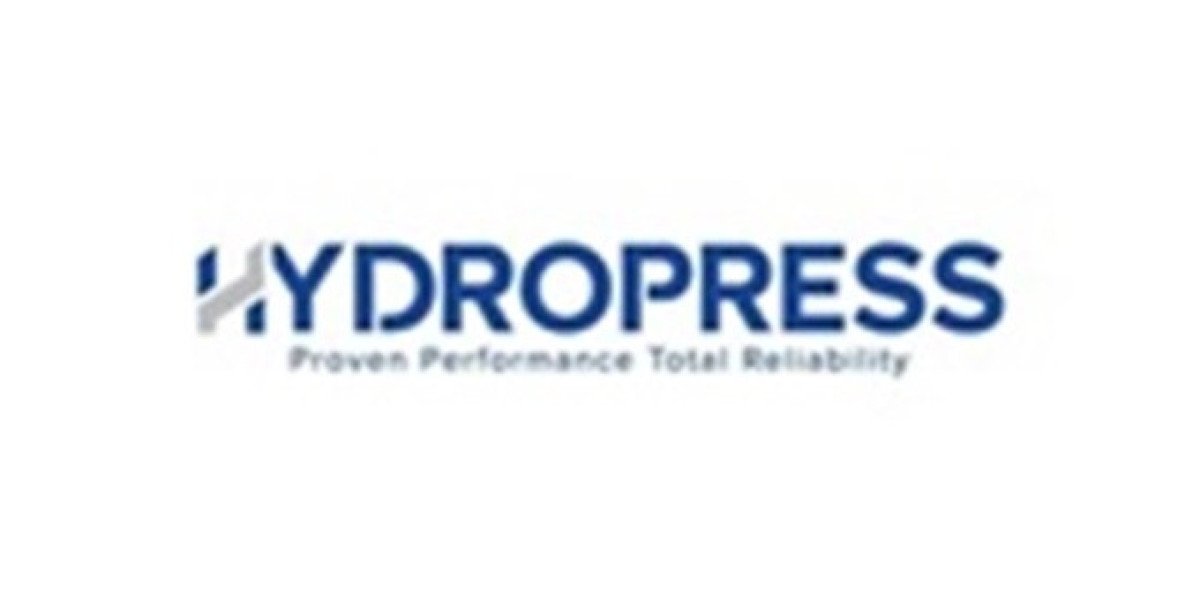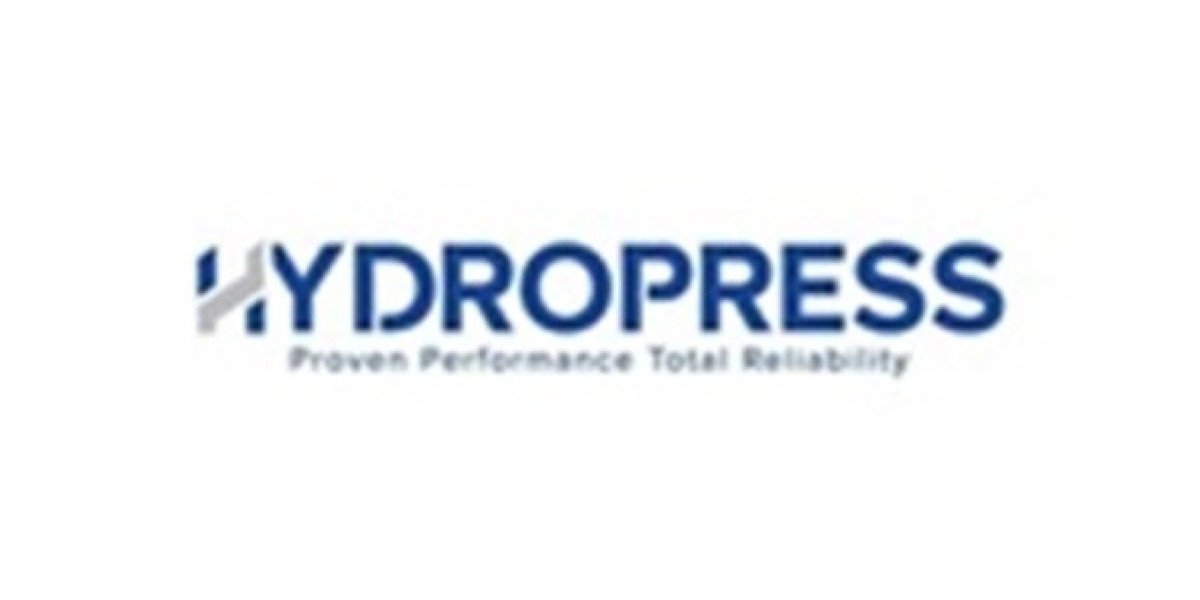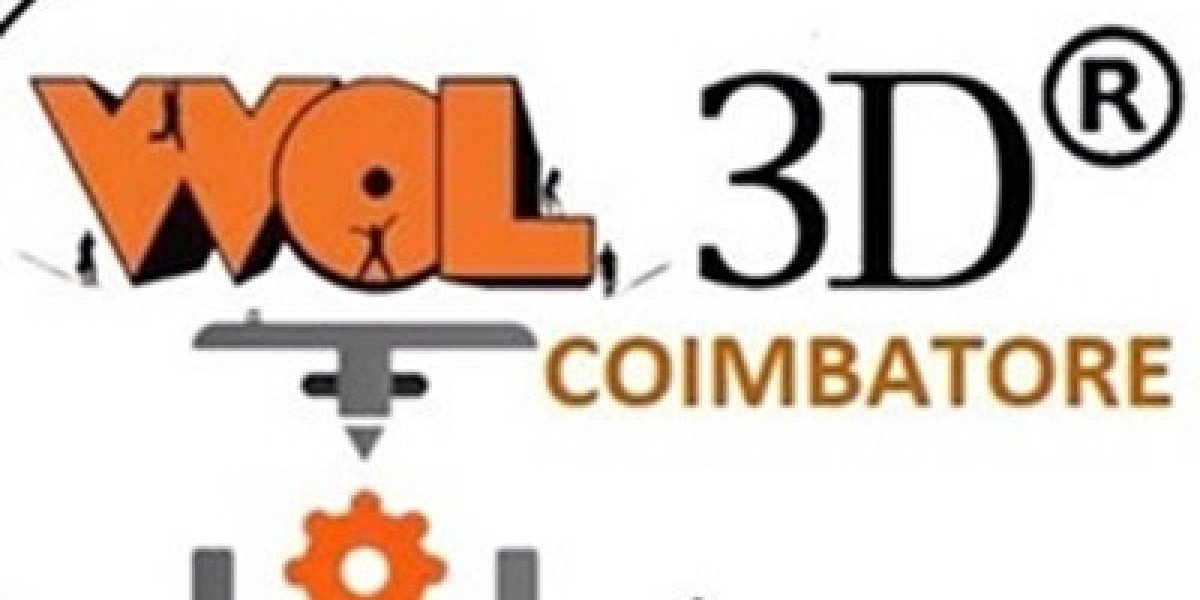A handheld metal laser is an advanced tool that uses high-energy laser beams to cut, engrave, weld, or clean metal surfaces with extreme precision. This technology has revolutionized metal processing, offering numerous advantages over traditional methods. But how does it work, and why is it becoming the preferred choice for industries worldwide? Let's dive into the details.
How Does a Handheld Metal Laser Work?
A handheld metal laser operates by emitting a concentrated laser beam that interacts with the metal surface. This beam is generated through fiber or CO₂ laser technology and is highly focused to ensure accuracy. The process typically involves three main steps:
Laser Generation:
- The laser source produces a powerful, coherent beam of light.
- Fiber lasers are commonly used because of their high energy efficiency and ability to work on various metals.
Material Interaction:
- When the laser beam comes into contact with the metal, it generates intense heat, melting, vaporizing, or altering the surface structure.
- The process can be controlled to achieve different effects, such as cutting, engraving, marking, or welding.
Cooling and Final Processing:
- Unlike traditional cutting methods that require extensive post-processing, laser-cut surfaces are clean and smooth, minimizing the need for finishing work.
- Some advanced laser systems use gas assist technology (such as oxygen or nitrogen) to enhance the cutting process.
Why Is a Handheld Metal Laser a Game-Changer?
1. High Precision and Accuracy
One of the key advantages of a handheld metal laser is its ability to make precise cuts and engravings without damaging surrounding areas. Traditional methods like grinding or plasma cutting often result in rough edges, requiring extra finishing. With a laser, the cuts are clean, sharp, and require little to no post-processing.
2. Portability and Ease of Use
Unlike bulky CNC laser machines, handheld metal lasers are lightweight and easy to operate. This makes them perfect for on-site repairs, metal fabrication, and industrial maintenance. Whether you're working on a shipyard, construction site, or automotive workshop, a handheld laser allows for flexibility and mobility.
3. Faster Processing Speed
Compared to mechanical cutting and welding, laser technology operates at high speeds, significantly improving productivity. Whether you are cutting through stainless steel, aluminum, or titanium, a handheld metal laser can complete tasks in a fraction of the time.
4. Cost-Effective and Low Maintenance
While the initial investment for a handheld laser may be higher than conventional tools, the long-term savings are substantial. Laser cutting reduces material waste, minimizes tool wear, and requires less maintenance, making it a cost-efficient solution for businesses.
5. Environmentally Friendly and Safer Operation
Handheld metal lasers produce minimal waste, no toxic chemicals, and lower emissions, making them more eco-friendly than traditional methods like plasma cutting or chemical etching. Additionally, since lasers operate with minimal heat-affected zones (HAZ), the risk of fire or burns is significantly reduced.
6. Wide Range of Applications
Handheld metal lasers can be used for:
- Metal Cutting: Precise cutting of steel, aluminum, and copper.
- Engraving & Marking: Permanent markings for serial numbers, logos, or artistic designs.
- Welding: Fusion of metal parts without additional materials.
- Rust Removal & Cleaning: Efficiently removing oxidation and surface contaminants from metal.
Conclusion
A handheld metal laser is a powerful, precise, and versatile tool that is transforming metalworking industries. Whether for cutting, engraving, welding, or cleaning, it offers unmatched efficiency, accuracy, and ease of use. As technology advances, handheld lasers will continue to replace traditional methods, making metal processing faster, safer, and more cost-effective. Investing in this innovative tool can significantly boost productivity and quality, making it an essential asset for businesses and professionals working with metal.








